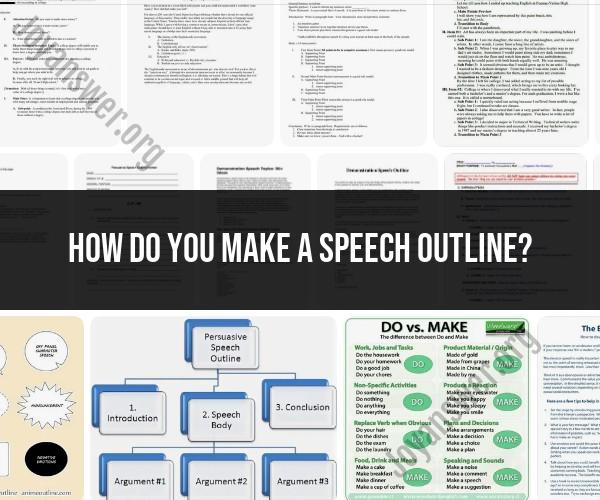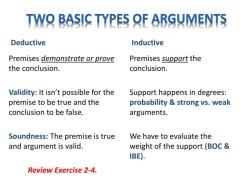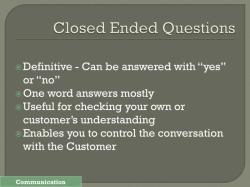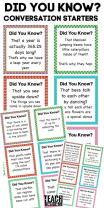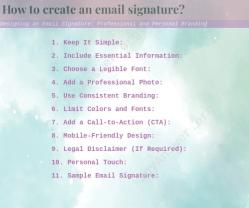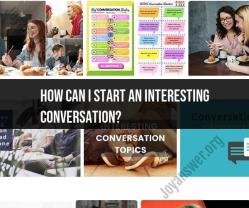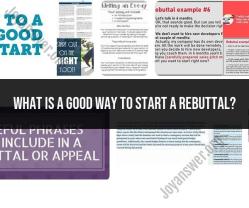How do you make a speech outline?
Creating a speech outline is an essential step in organizing your presentation, whether it's for a formal speech, a class presentation, or any other public speaking engagement. Here's a step-by-step guide on how to make a speech outline:
Understand Your Audience:Before you start outlining your speech, consider your audience. Who are they? What do they know about the topic? What are their interests and expectations? Tailor your speech to your audience's needs and preferences.
Choose a Topic:Select a clear and engaging topic for your speech. Make sure it's relevant to your audience and suitable for the occasion.
Determine Your Purpose:Define the purpose of your speech. Are you informing, persuading, entertaining, or inspiring your audience? Knowing your purpose will guide the content and structure of your speech.
Identify Key Points:Brainstorm the main points you want to convey in your speech. These key points should support your purpose and help you deliver a clear message.
Organize the Introduction:The introduction is a crucial part of your speech. It should grab your audience's attention, provide context, and state your thesis or main message. It typically includes an attention-getter, a statement of relevance, and a clear thesis statement.
Structure the Body:The body of your speech contains the main content. Organize it by arranging your key points logically. You can use various organizational patterns, such as chronological, spatial, cause-and-effect, problem-solution, or topical. Each key point should be supported by evidence, examples, statistics, or anecdotes.
Use Transitions:To ensure a smooth flow between points, use transitions (e.g., "first," "next," "in addition," "conversely," "finally") to guide your audience from one idea to the next. Transitions help maintain coherence and keep your audience engaged.
Include Supporting Material:In the body of your speech, incorporate relevant supporting material to enhance your key points. This can include quotes, visuals, facts, or personal stories. Make sure your evidence is credible and appropriate for your audience.
Structure the Conclusion:Your conclusion should summarize your key points, restate your thesis, and leave a memorable impression on your audience. You can also end with a call to action, a thought-provoking statement, or a rhetorical question.
Create a Strong Opening and Closing:Your opening and closing are vital for leaving a lasting impact. Craft an engaging hook for your opening and a powerful closing statement or call to action to leave a strong impression.
Practice and Rehearse:Practice delivering your speech multiple times. Rehearse your speech to ensure that it flows smoothly, fits within the allotted time, and is engaging. Consider practicing in front of a friend or recording yourself for feedback.
Consider Visual Aids (if applicable):If your speech includes visual aids, such as slides, props, or multimedia presentations, plan their use within your outline. Ensure they complement your speech rather than distract from it.
Time Yourself:Keep an eye on your speech's timing during practice. Ensure it fits within the allocated time, and be prepared to adjust or omit content if necessary.
Edit and Refine:Review your speech outline for clarity, coherence, and conciseness. Eliminate any jargon, unnecessary repetition, or wordiness.
Have a Backup Plan:Prepare for unexpected situations, such as technical issues with visual aids or potential questions from the audience. Be ready with contingency plans.
Finalize Your Outline:Once you're satisfied with your speech outline, create a final, clean copy to use during your presentation.
Remember, a well-structured outline is the foundation of an effective speech. It helps you stay organized, present your ideas coherently, and engage your audience more effectively.
Creating a Speech Outline: Steps to Success
Creating a speech outline is an essential step in delivering a successful speech. It helps you to organize your thoughts and ideas, ensures that your speech is well-structured, and incorporates key elements that will engage your audience.
Here are the steps to creating a speech outline:
- Choose your topic. What do you want to talk about? What message do you want to convey to your audience?
- Determine your purpose. What do you want your audience to do after hearing your speech? Do you want them to learn something, be persuaded to take action, or simply be entertained?
- Identify your key points. What are the main points that you want to make in your speech? Be specific and concise.
- Organize your points. In what order do you want to present your points? Consider the flow of your speech and how each point will build on the previous one.
- Develop your supporting evidence. What evidence will you use to support each of your key points? This could include facts, statistics, examples, stories, or personal anecdotes.
- Write your introduction and conclusion. Your introduction should grab your audience's attention and introduce the topic of your speech. Your conclusion should summarize your main points and leave your audience with something to think about.
Organizing Your Thoughts and Ideas for a Speech
Once you have chosen your topic, determined your purpose, and identified your key points, it is time to start organizing your thoughts and ideas.
Here are some tips:
- Brainstorm a list of all the things you want to say about your topic. Don't worry about organization at this point. Just get everything down on paper.
- Group your ideas into related categories. This will help you to identify your key points and supporting evidence.
- Organize your points in a logical order. Consider the flow of your speech and how each point will build on the previous one.
- Develop your introduction and conclusion. Your introduction should grab your audience's attention and introduce the topic of your speech. Your conclusion should summarize your main points and leave your audience with something to think about.
The Structure of a Speech Outline
A typical speech outline includes the following sections:
- Introduction: The introduction grabs your audience's attention and introduces the topic of your speech.
- Body: The body of your speech contains your main points and supporting evidence.
- Conclusion: The conclusion summarizes your main points and leaves your audience with something to think about.
Incorporating Key Elements into Your Speech
When writing your speech outline, be sure to incorporate the following key elements:
- Attention grabber: The first few sentences of your speech should grab your audience's attention and make them want to listen.
- Thesis statement: Your thesis statement is the main point of your speech. It should be clear, concise, and arguable.
- Supporting evidence: For each of your key points, you should include supporting evidence such as facts, statistics, examples, stories, or personal anecdotes.
- Transitions: Transitions help your speech flow smoothly from one point to the next. Words and phrases such as "in addition," "therefore," and "however" can be used as transitions.
- Call to action: At the end of your speech, you should include a call to action. This could be a request for your audience to do something, such as learn more about your topic or donate to a charity.
Tips for Effective Delivery Using Your Speech Outline
Once you have written your speech outline, it is important to practice delivering your speech using the outline. This will help you to ensure that your speech is well-paced and that you are able to stay on track.
Here are some tips for effective delivery using your speech outline:
- Speak clearly and slowly. It is important to enunciate your words and speak slowly enough so that your audience can understand you.
- Make eye contact with your audience. Eye contact helps to connect with your audience and keep them engaged.
- Use gestures and facial expressions. Gestures and facial expressions can help to make your speech more dynamic and engaging.
- Vary your tone of voice. Varying your tone of voice can help to keep your audience's attention.
- Pause for effect. Pausing for effect can help to emphasize important points and give your audience time to absorb what you are saying.
By following these tips, you can create and deliver a successful speech using a speech outline.
